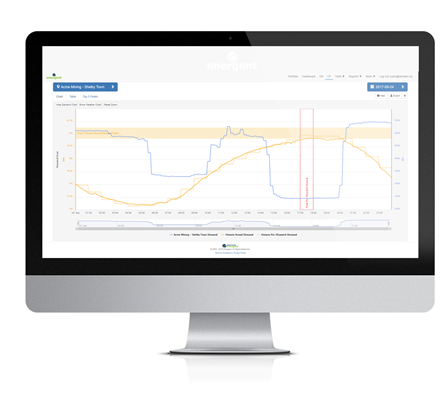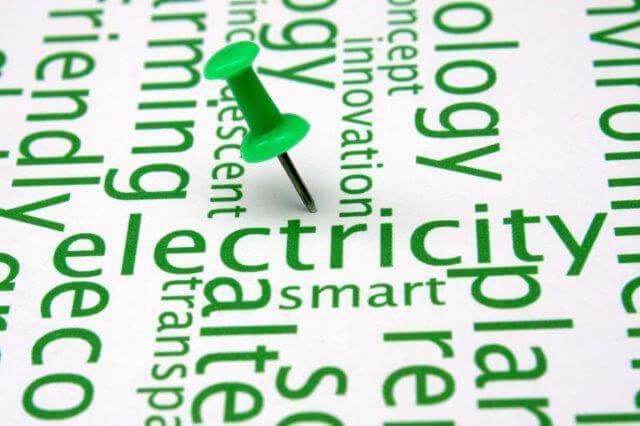Background
As part of its transition of DR3 operations from the OPA, the IESO is introducing a revised method of triggering DR3 events on June 1, 2014. The new method is a departure from the historical process where the OPA instructed the IESO to consider two things before triggering an event:
1. If the forecast Hourly Ontario Energy Price (HOEP) exceeds an OPA‐specified trigger price (called the “Floor Price”), and
2. If the supply cushion (reserve capacity over and above the requirements) is below an OPA specified level.
Both conditions had to be satisfied for a Standby or Activation notice to be issued. As detailed below, the IESO has elected to incorporate a new method using a single price trigger and regional pricing zones.
Rationale for Change
When reviewing DR3 operations, the IESO concluded that the historical trigger methodology did not
fully capture many situations where it felt DR3 dispatch could have been used to address needs within the distribution system. It was felt that the supply cushion in particular was not representative enough of system needs, and that by modeling the DR resource regionally as a “virtual generator”, a more responsive conventional pricing signal could be implemented. The IESO believes periods of system stress will be reflected in higher resource prices, which will in turn trigger DR3.
New IESO DR3 Triggering Process
The new methodology relies on the predicted regional price of energy exceeding a predetermined
trigger threshold (currently set at $200/MWh). The regional price is calculated by the IESO for 6 separate geographical zones (plus a 7th zone for the 12:00 PM to 6:00 PM program) by modeling the DR3 resources in these areas as virtual generators. The IESO determines a representative price for each zone and posts it publicly on the IESO reports page, click here
Triggering Methodology
If the price for a DR3 resource is greater than or equal to $200/MWh for at least 4 consecutive hours within the Hours of Availability each applicable day, the IESO will issue a Standby or Activation Notice.
Note that because there is a different price for each of the zones, it will be possible to have events in any single zone or all of the zones at once. All the existing DR3 notification timelines remain unchanged.
The IESO has also reserved the right to trigger the program under the unlikely event of emergency conditions.
Activation status will be available from the IESO through the System Status Report (SSR).
See http://reports.ieso.ca/public/SSR/.
Impact – What do These Changes Mean to DR3 Participants?
The IESO has stated that their analysis indicates that the number of notifications and events under this new triggering method should not increase or decrease appreciably, but they have also committed to reviewing the $200/MWh trigger price on a monthly basis to ensure that this level results in the intended outcome. In terms of day to day operations, the new trigger methodology should have no impact on existing DR3 procedures in your facility. Standby and Activation notifications will still be provided by Enershift in the same fashion as they always have been, and your acknowledgement of these messages will continue to be mandatory.
As mentioned above, the IESO will be providing activation status information via their publicly available System Status Reports, however these reports should be used with care as they could include activations for regions other than Toronto. Activation in one region will not necessarily result in activation (or even standby) in another. It is strongly advised that you continue to look to Enershift for definitive dispatch instructions.



